Introduction
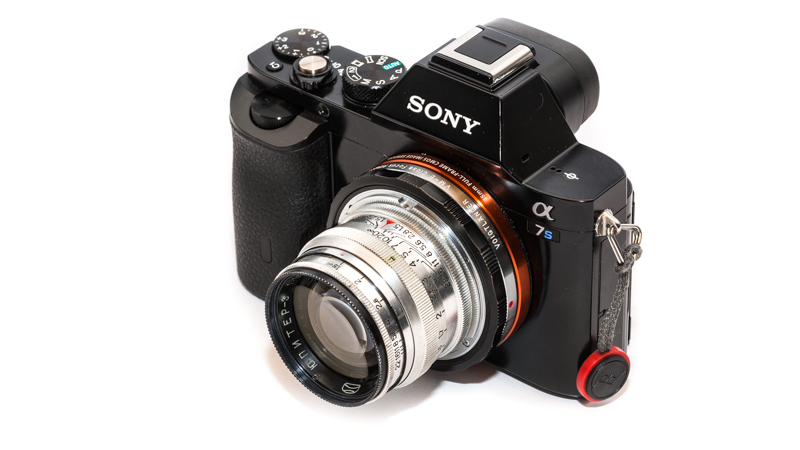
The Jupiter-3 50mm 1.5 is actually a copy of the Zeiss Sonnar 50mm 1.5 and was produced in the UDSSR after WWII. The Jupiter lenses belong to the very few “lowcost” rangefinder lenses, but what do they have in store in terms of optical quality? Read on to find out.
Sample Images


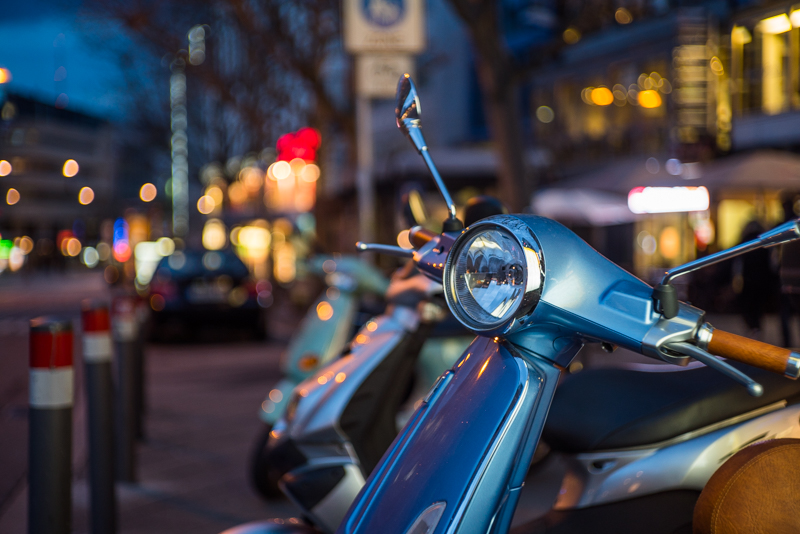
Specifications / Version History
The outer apperance of the lens has changed over time and regarding the optics early versions may actually use Zeiss glass produced in Germany and some later ones may have different coatings as well. So in case you are curious, take a look at the page sovietcams.com, for additional coverage.
I am reviewing a quite early lens from 1960 here (the first two digits of the serial number are the production year, 60 in this case) which was kindly provided for reviewing purpose by my dear friend Enzio, who also has a flickr album for this lens alongside many other beautiful pictures, so be sure to check out his profile.
The review sample has the following specifications:
-
- Diameter: 48 mm
- Field of view: 46° (diagonally)
- Length: 45 mmm
- Weight: 141 g
- Filter Diameter: 40.5 mm
- Number of Aperture Blades: 15 (rounded)
- Elements/Groups: 7/3
- Close Focusing Distance: 1.0 m (with Helicoid 0.5 m)
- Maximum Magnification: 1:16.2 (with Helicoid 1:7.1)
- Mount: M39 (aka “Zorki” or “Leica thread mount (LTM)”)
A Jupiter-3 in good condition usually starts selling for $140 at ebay.com (affiliate link). In Germany buying one in A-condition will set you back around 130€ at ebay.de
(affiliate link).
Handling / Build Quality

Not along ago this lens had a CLA (“clean, lube and adjust”) and the focusing ring as well as the aperture ring therefore operate with ease and quite smooth. In case you buy a used lens from the early years the grease may have stiffened over time and so will have the focusing ring. You can either try fixing this yourself with the help of some tutorials or videos on the internet or bring it to a repair shop instead. The best idea is of course to buy your lens from a trusted seller. I can recommened this ebay shop (affiliate link) as I have bought lenses there myself (this is a hint on further Jupiter reviews 🙂 ).
Turning the focusing ring from infinity to 1.0 m takes about 120°, turning the aperture ring from f/1.5 to f/22 takes about 90°. The aperture ring has no click stops. I prefer click stops but in case you consider filming with this lens you may prefer it the way it is. There is no official hood I know of, my friend Enzio delievered this lens with a “Leica-style” lens hood fitting the 40.5 mm filter diameter, which can be found very cheap on ebay.com (affiliate link).
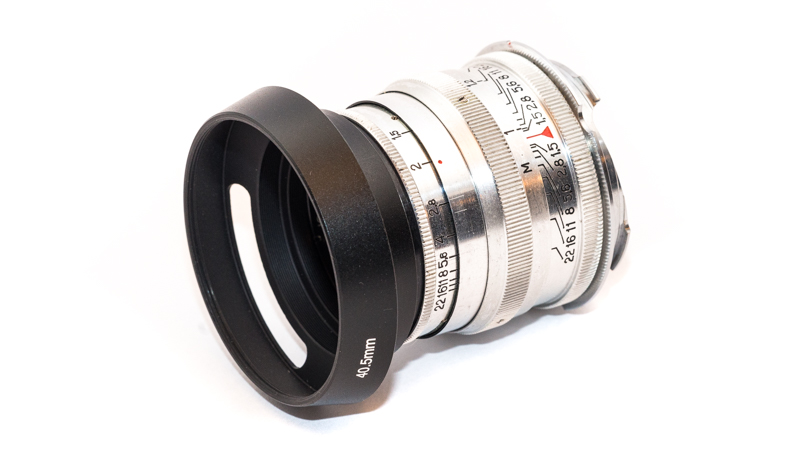
This lens is made from aluminium which contributes to the low weight but is also very good at attracting scratches. Newer versions are still made from aluminum but painted black and don’t attract scratches as much to my experience.
Vignetting and colorcast
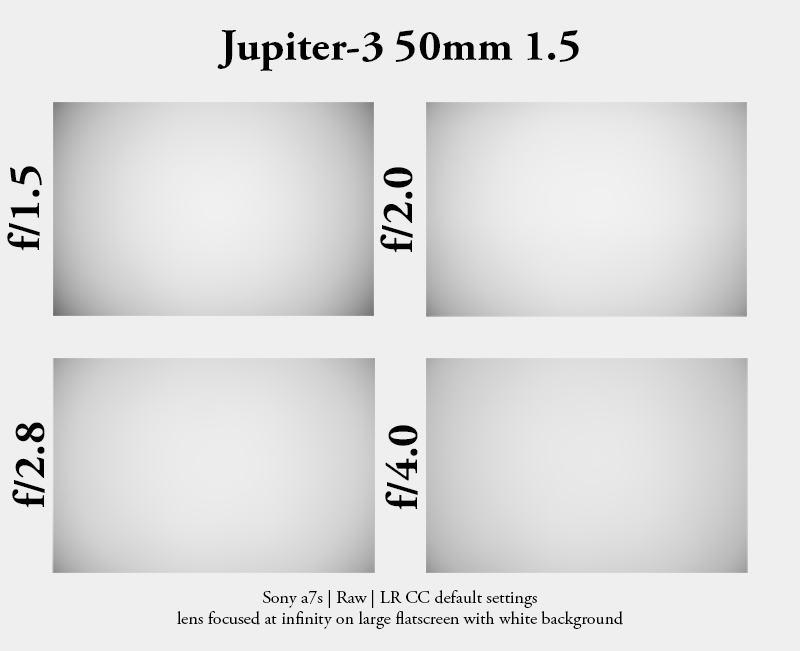
Vignetting is pretty much in line with what you would expect from a lens with these parameters and from f/4.0 onwards certainly nothing to worry about. There may be the slightest hint of a green colorcast in the extreme corners when shooting a white wall, but I checked all my other photos taken with this lens and didn’t notice any so I actually don’t consider this an issue.
Sharpness
infinity
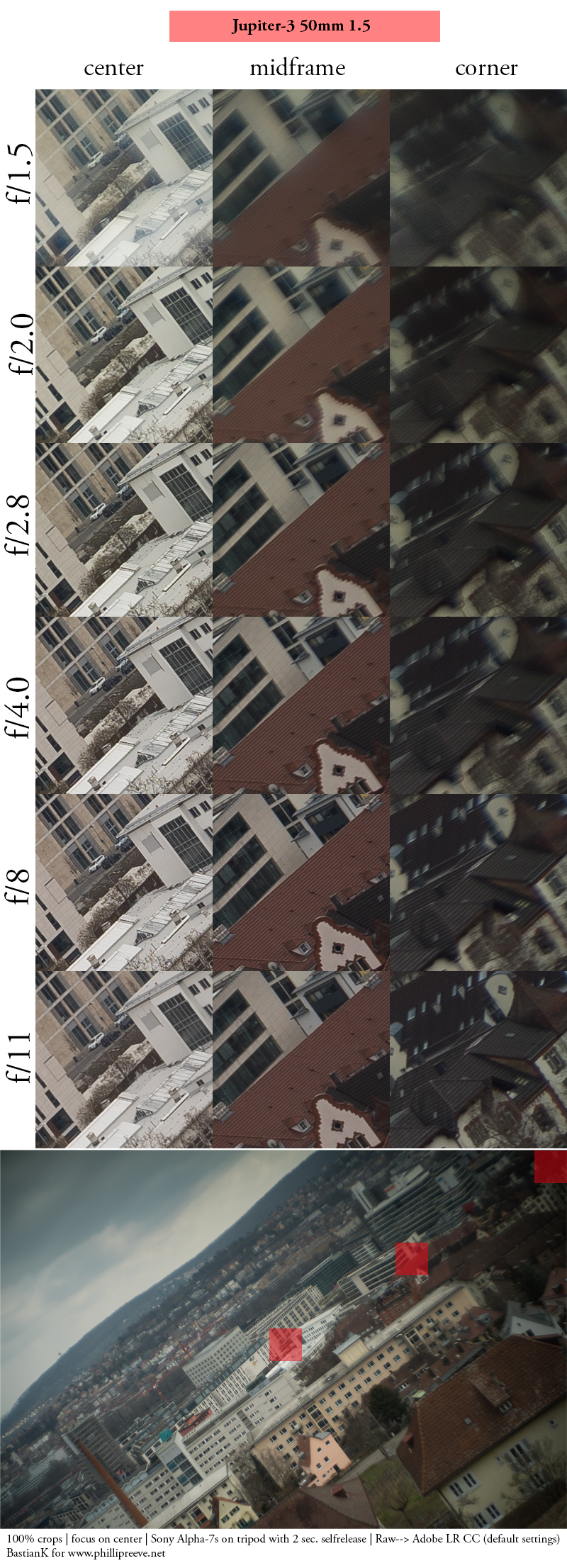
At the maximum aperture of f1.5 sharpness and contrast are somewhat dampened and in the crops you can also see the “Sonnar” glow, as it is sometimes referred to. Stopping down to just f2.0 helps to get quite good results in the frame center, but it takes stopping down to f8.0 for the midframe and f11 for the corners, to get to similar resolution levels. This lens won’t win any sharpness records but I don’t think anyone would have expected it to. I also didn’t notice any field curvature, focusing on the edges won’t give you better edge resolution at wider apertures.
One thing to notice: in the overview above I increased the exposure on the corner crops in post so they are comparable in terms of sharpness.
close focus
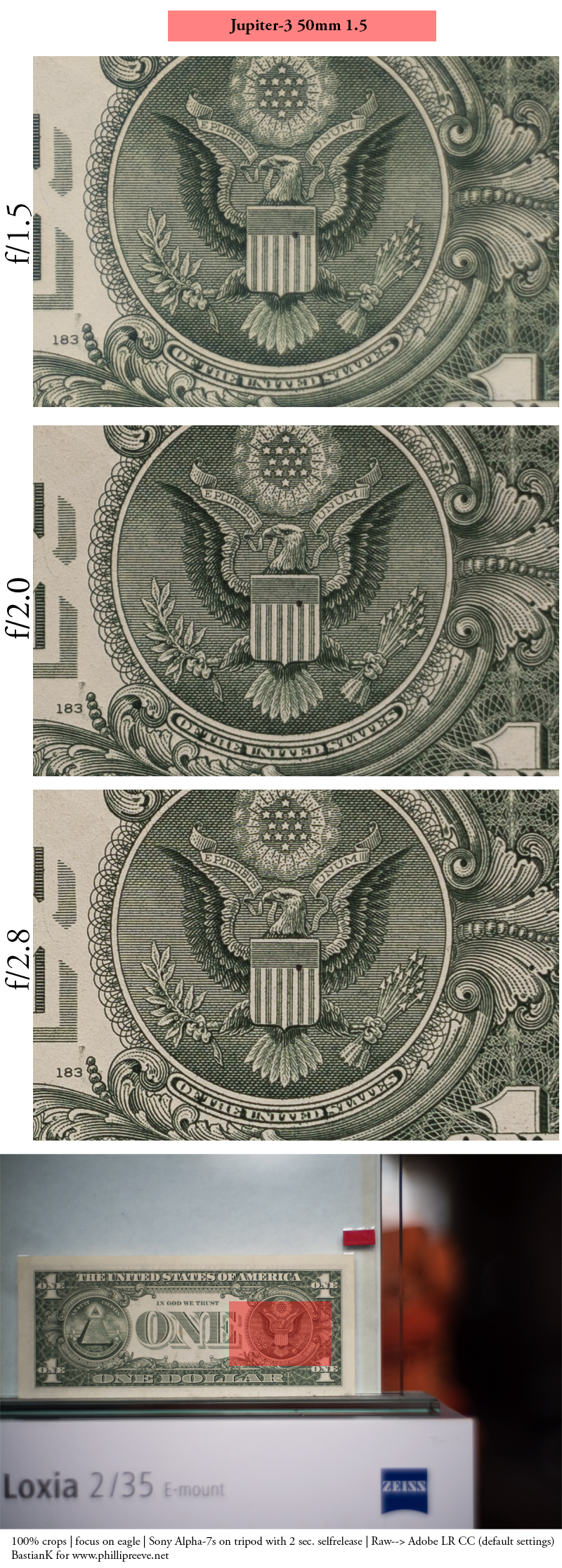
For these shots I was using the VM-E helicoid adapter at maximum extension (around 4 mm), so keep in mind you are looking at 100% crops of photos taken at the extended(!) minimum focus distance. The lens was never intended to be used at these distances and does not incorporate a floating elements design either, which explains the mediocre performance wide open (simliar to the behaviour of the Zeiss 50mm 1.4 Planar C/Y), which is even worsened by some veiling haze. Already stopped down to just f2.0 the performance increases to quite good levels, from f2.8 onwards the resolution in the frame center is even very good.
Flare resistance
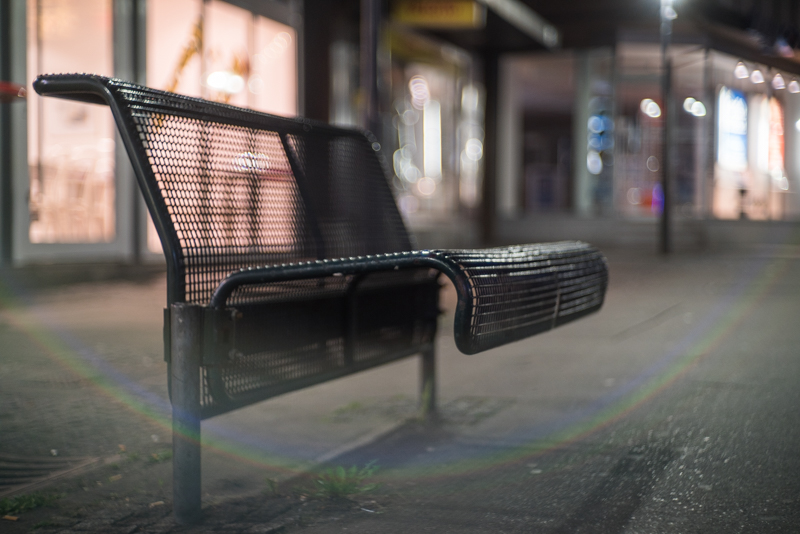
The flare resistance is nothing to write home about. With the sun in the frame the contrast drops significantly and colored blobs appear, light sources outside the frame very often introduce rainbows across most of the frame (these won’t go away on stopping down).
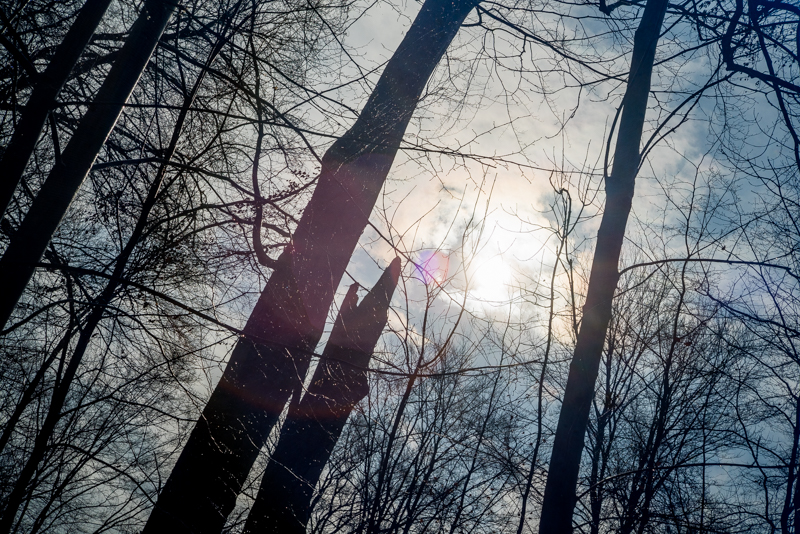
With a light source sun outside the frame the hood helps a bit, but some of the ghosting remains:
Comparison: no hood (before) / hood (after)
Coma
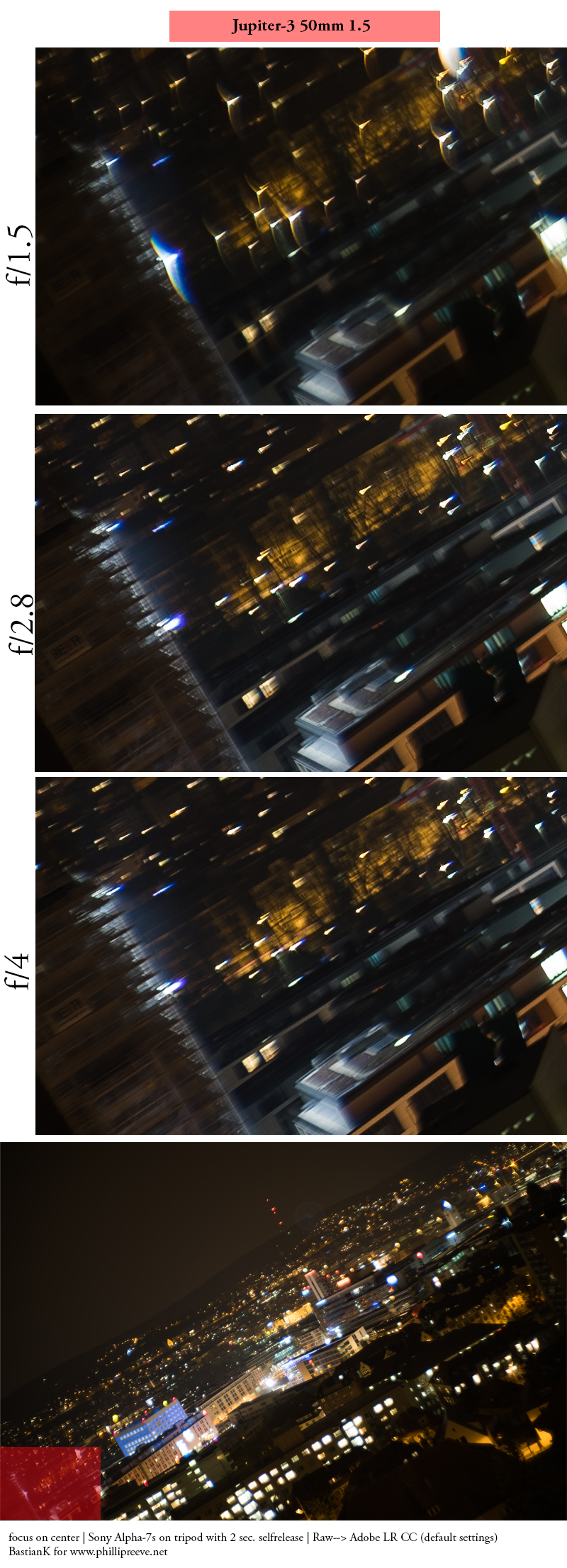
As with many older lenses coma correction is rather bad. Wide open there is coma all over the frame, even in the center portion. Stopping down to f/4.0 traces of coma can still be found in the corners, which also still lack sharpness, so therefore I would recommend shooting everything with point light sources near the corners at f/11 for decent performance in this area.
Distortion

The Jupiter-3 has some pincushion distorion which is rather unusual for 50mm lenses. In architectural shots you will want to correct this (plug in “-3” with Photoshop or Lightroom).
Distortion, without correction (before) / with correction f4.0 (after)
Bokeh
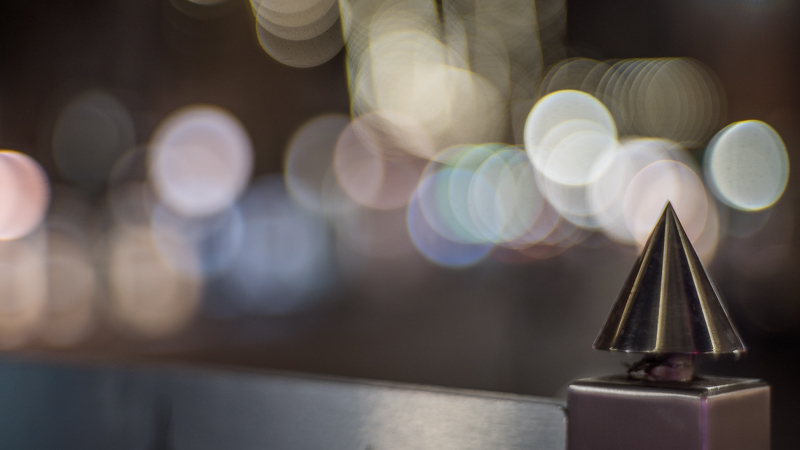
I want to go a bit into detail here, so this chapter may be a little longer than usual. Sonnar lenses are known for their distinct kind of bokeh, which is mainly caused by the inheritance of spherical aberrations in the optical design. But if you like the bokeh of a certain lens or not, is also a very subjective thing. Nevertheless I will at least try to be objective here in describing my findings.
At f/1.5 it really is all about the background. For portraits with the background way out of focus you can get very very smooth bokeh, but with busy backgrounds on the other hand, the strong outlinig will render your background very distracting.
Bokeh, f1.5 (before) / f2.0 (after)
Stopping down to f/2.0 helps a lot, the outlining nearly goes away completely and sharpness as well as contrast improve by a huge margin which adds to the effect of subject separation. Thanks to the 15 rounded aperture blades light circles stay perfectly round on stopping down, so the backgrounds still looks natural. For situations with defocused background in the frame f/2.0 was totally my preferred aperture value with this lens.
I included a few comparisons between f/1.5 and f/2.0 in this chapter so you can decide which rendering you prefer.
Bokeh, f1.5 (before) / f2.0 (after)
Sunstars
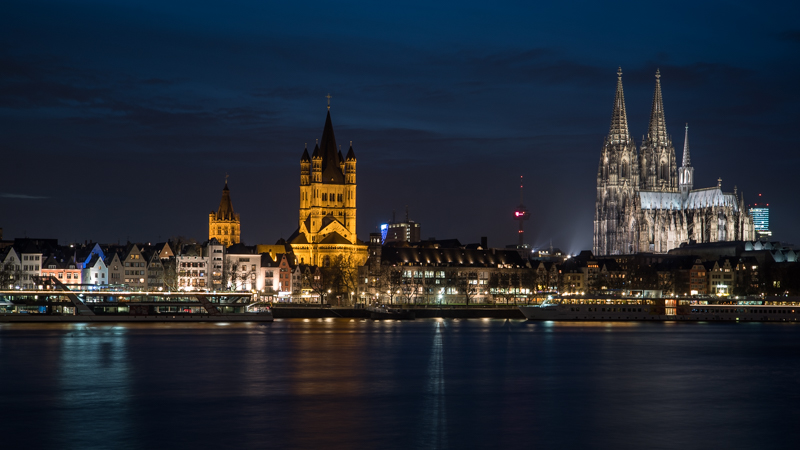
The 15 rounded aperture blades may keep keep the light circles in the bokeh perfectly round, but they are also responsible for the not all that great sunstars. You just can’t have both in one lens. Take a look at a crop from the photo above:

Chromatic aberrations
longitudinal
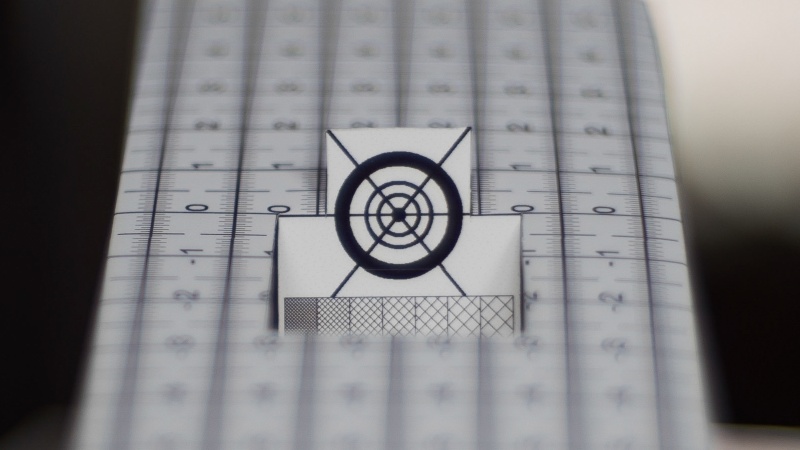
The loCA correction is actually quite good, you may see traces of them at f/1.5 (depending on the subject) but at f/2.0 they are pretty much gone. This is very good performance.
lateral
You can spot some lateral CAs especially in the corners which can be easily corrected in post, as can be seen in the example below (100% crop).
Sony A7s | Jupiter-3 50 mm 1.5 | f/11 | CA 100% crop before/after extreme corner
Alternatives
When it comes to 50mm lenses there are so many to choose from, so the following list is far from being comprehensive in any way.
Jupiter-3+ 50mm 1.5
The guys at “lomography” decided to resurrect the Jupiter-3 and they are now producing new ones (at the same exact factory as the old ones, so they say) named Jupiter-3+. I haven’t tried one of these yet but I must say I am a little skeptic here. There is lots of marketing bla bla but no indication anything was improved optically. Add to this, they are selling them new for 600 bucks, makes this not looking like a good deal to me.
Update: according to a reader who owns this lens coatings, minimum focus distance and build quality are much better with this version.
Zeiss ZM C Sonnar 50mm 1.5 T*
This is the real modern interpretation of the 50mm Sonnar lens. Unfortunately I did not yet get the chance to try this one myself but from what I have read and seen so far, this lens combines the Sonnar rendering with modern coatings and hugely improved performance wide open in terms of sharpness and contrast. Needless to say, this lens is way more expensive then the Jupiter-3.
Voigländer Nokton 50mm 1.5 Asph VM
This has actually become my “go to” 50mm lens on the A7s. Compared to the Jupiter-3 this is a very modern design with an aspherical element as well as high contrast throughout the whole aperture range. As many rangefinder lenses this one also struggles with the thick filter stack but all in all this is a great combination of fastness, compactness, pleasant bokeh, sunstars, sharpness and price.
Leica 50mm lenses:
If you want a lens as fast you can take a look at one of the many versions of the Summilux 50mm 1.4, I haven’t used any and they are all very expensive (at least 10x Jupiter-3 expensive).
If you can get by with a maximum aperture of f/2.0 you may also take a look at one of the different Summicron-M 50mm 2.0 lenses but they will also be way more expensive and I am certainly no expert on these lenses either.
DSLR 50mm lenses:
One can find very cheap lenses here with good optical qualities, but they will be much bigger and the really good ones ain’t as cheap anymore as well. You can of course take a look at some of the 50mm reviews on this blog.
Conclusion
good
|
average
|
not good
|
It has been quite the task to put this lens into a rating scheme as it actually boils down to whether you like the rendering or not. This is definetly not your allround 50mm but rather a more specialized lens best suited for subtle portraits and nature photography such as flowers and the likes where you can make use of the softness wide open. This shall not mean the lens is unusable for landscapes or cityscapes (at least not stopped down to f/11) but there are definetly lenses with better sharpness and contrast (and sunstars) available.
So, who is this lens for? Anyone, who looks for a really small yet fast and cheap (when talking about rangefinder lenses) 50mm lens with portraits in mind, enjoys the Sonnar rendering or just wants to experience working with a vintage lens with quite some history. In case you are more on the market for a small allround 50mm better take a look at the Alternatives section (especially the Voigtländer 50mm 1.5) first.
A Jupiter-3 in good condition usually starts selling for $140 at ebay.com (affiliate link). In Germany buying one in A-condition will set you back around 130€ at ebay.de
(affiliate link).
Sample Images

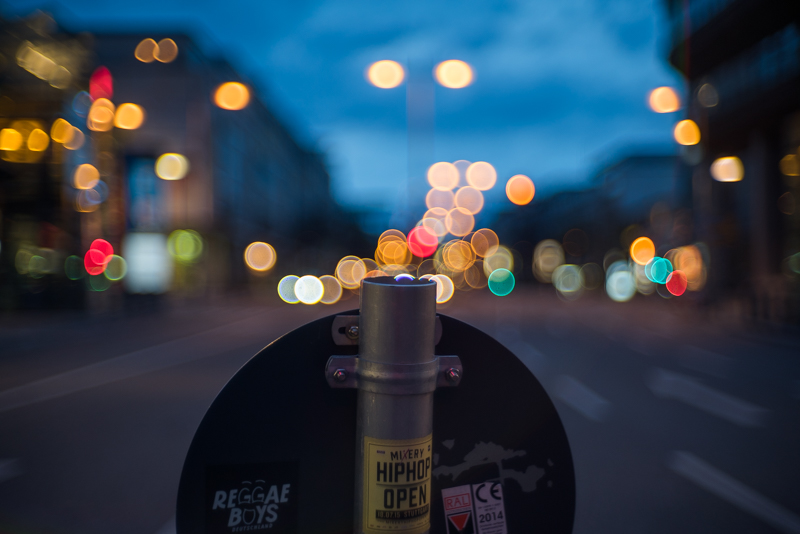
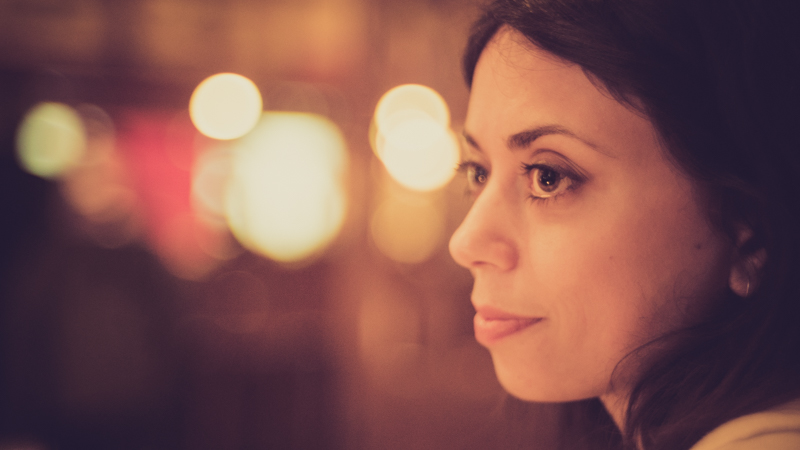
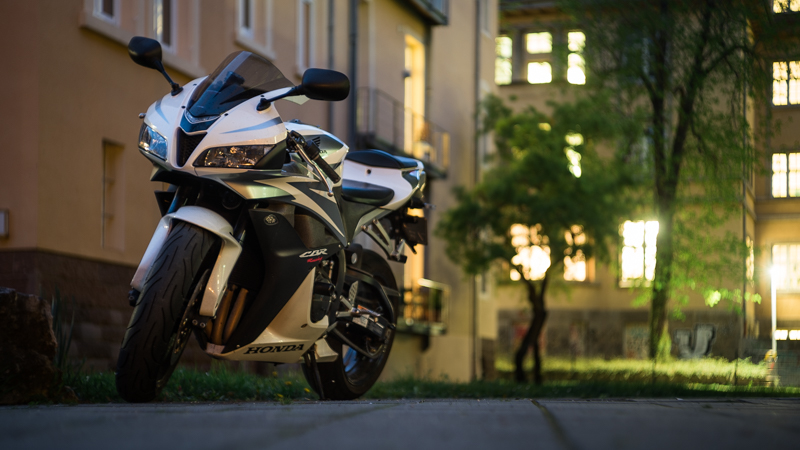
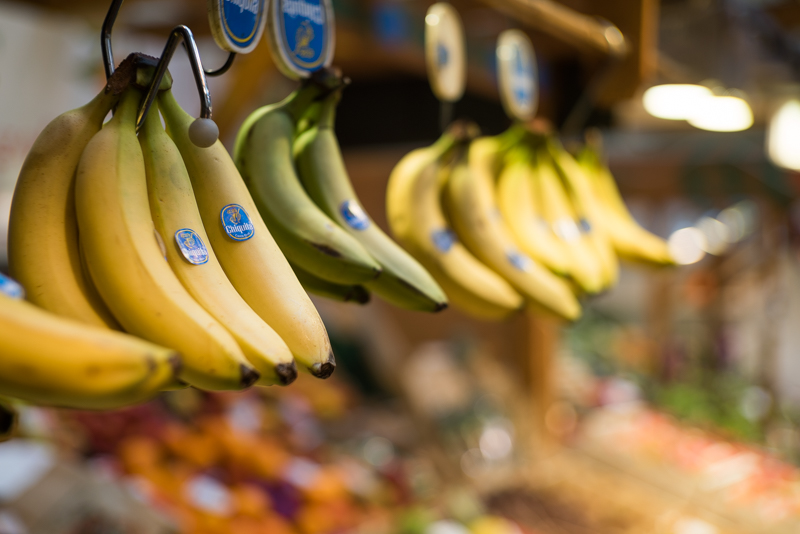
I have set up a flickr album which contains some shots taken with the Jupiter-3.
Further reading
- Review: Voigtländer Nokton 50mm 1.5
- Manual lenses on the Sony a7 – A beginners guide
- Leica M/M39 lenses – Overview
Support Us
Did you find this article useful or just liked reading it? Treat us to a coffee!
![]()
![]()
![]() via Paypal
via Paypal
This site contains affiliate links. If you make a purchase using any of the links marked as affiliate links, I may receive a small commission at no additional cost to you. This helps support the creation of future content.
Latest posts by BastianK (see all)
- Review: Canon EF 50mm 1.0 L USM – Still the world’s fastest AF lens - December 30, 2025
- Review: Nikon Nikkor 105mm 1.8 Ai-s - December 28, 2025
- 2025 – Year in Review - December 23, 2025

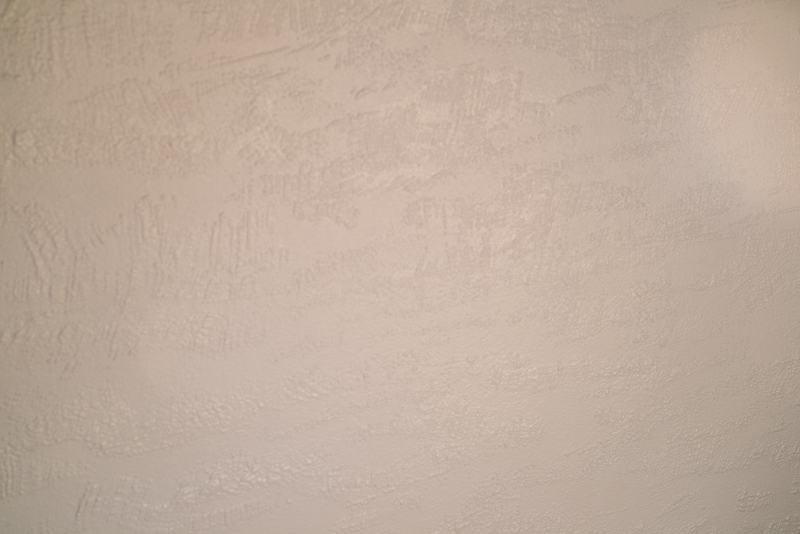


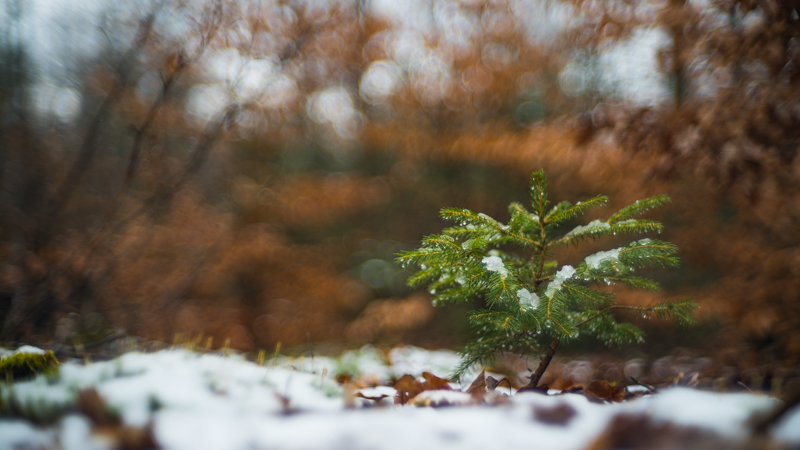




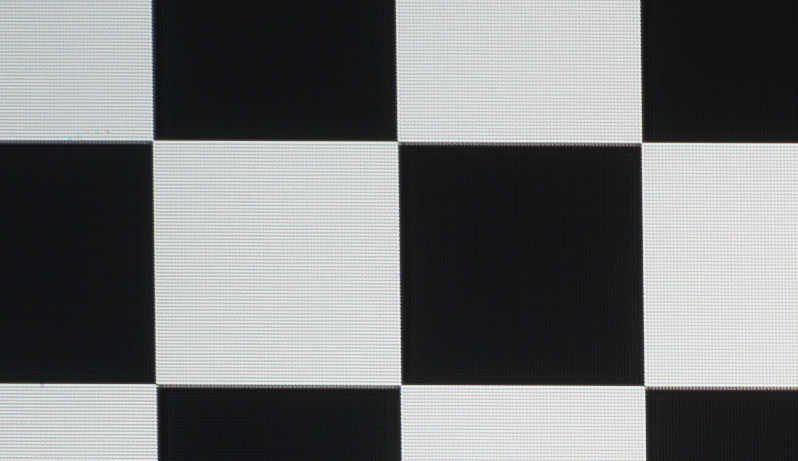
Excellent review…Thankyou… I love my copy (1958) of the J3…Great for street and people shots…
Nice review Bastian, may I ask you what is the adapter from ltm to lm are you using?
Becos I also have 1 combo like that but my ltm adapter after screw the lens in not in center. Thanks.
Dear Khoa, I am using very cheap ones by “Fotodiox”. But I have four of them and only two are perfectly centered : /
Thanks for your information look like I need to do some lucky draw for the mount.
Btw do you have plan to review japanese sonnar clone? like canon 50 1.5 or nikkor 5cm 1.5.
You can center a lens (ring) with a screw inside ring.. Loosen it, turn the ring, thighten it back.
well done Bastian !!!
Would have not been possible without you 🙂
Hi Bastian I am really enjoying your reviews. If you have time could you please take a look at the Jupiter 9 85mm f2.0 lens. It has a following but there is nothing anywhere near the depth or quality of your analysis to compare it by.
Dear Harry,
the review of the Jupiter-9 will be released within the next two weeks (maybe earlier).
I promise!
Bastian
Thank you for this review. I’ll sort-out this Jupiter-3 from my Sonnar-list.
Voigtländer or Zeiss is the remaining question!
I am glad it helped 🙂
Thanks for the review, thoroughly done!
I wondered about it for a while but read that its synonym was “sample variation” and prices are a bit out there compared to the 8 and I like the IQ from all three J8s I’ve had, rather more interesting to use with a close focus adapter too.
The new Lomo really is an improvement. I own the ne one, and also a 1963 Jupiter 3 and a 1937 Zeiss Sonnar. All share the great Sonnar rendering, but the new one is mor resistant to flare (better coating) and mechanically is just in another league with its brass build.
Most important though is that it (the new one) focuses to .7 instead of 1.0 meter.
I shoot on a Leica M with no live view, so the biggest advantage for me on the new lens is that it is correctly calibrated from the factory for Leica and didn’t need hand tuning like my other Sonnar type lenses did. It’s well worth the $650.
Thank you for your input, I have added your intell to the review!
Bastian
Excellent review… I use an early 1955 J-3, and absolutely agree with you about how special it is at f/2. Totally beautiful, clean rendering…
Every time I use it on my Bessa-T, I get surprised again: both are unbelievably light!
Really: they weigh nothing! And they’re both so capable… If you try them together, be ready to say “wow, that guy wasn’t exaggerating, this is amazing!”…
I carry ND8 and ND64 filters for my J-3 always (40.5 to 43 ring, same 43 filters I use with my 40 1.4) so the J-3’s ready for defocusing backgrounds in every light and weather, no matter the film speed… A superb tool.
It’s kind of two lenses: apart from the sweet f/2 portraiture (or subject isolation), it’s also great for f/11 street shooting. After testing it and using it for some time, now and for the last years I’ve used it at f/2 and f/11 only…
And its lowish contrast is just perfect for pushing Tri-X as far as it gets, so it’s a wonderful lens indeed for several good reasons including character, speed and weight.
As with any old or new sonnar, there’s focus shift as an inherent part of its optical design: depending on the used aperture, the point of focus can be off for up to a few inches… Never mind: our brain can easily learn how to use a sonnar… And in factory, or later by a technician, the lens is optimized to work well at an f-stop and a focusing distance… Mine is spot on for close focus wide open, and I guess that’s what the lens should be like, because that’s what it does the best… But that’s just an opinion.
I strongly recommend the J-3 to any photographer. I use other 2 sonnars, a 105mm for Nikon and a 150mm for Hasselblad, and both are great, but there’s something quite delicate, magical, about the J-3… By the way, the new Lomo version must have its virtues for sure, but the bokeh is not exactly the same to my eyes…
If someone’s thinking about it, yes, it’s worth it getting one, and having it CLA’d by a technician: the len’s a pleasure.
I never baby my cameras or lenses, not even the few Leica ones I have, but I accept I baby this lens only. All the others can be easily bought again, but this one, I prefer it close to me, forever.
I’m glad heavens had a generous heart… 🙂 Thanks!
Thank you so much for sharing!
Bastian
What adapter do you use with you Jupiter 3 and Sony a7s? Can you use the Jupiter 3 with DSLR…is there such an adapter?
I am using a cheap M39 -> Leica-M adapter and the Voigtlander VM-E close focus adapter (as stated under many of the photos).
There is also a M42 (Kiev) version of this lens that may be adapted to some DSLRs (Canon yes, Nikon not so easy, others don’t know).
Hi, my Jupiter lens threads are spaced a bit farther apart than my M39-Sony E adapter. The threads appear to be 1mm apart. Have you heard about this issue? Thanks!
Clarification: I’m using a Fotodiox M39-Sony E – and my Jupiter doesn’t screw in fully because the threads are farther apart.
No, sounds strange.
May you upload a photo somewhere?
M42 is easily adapted to Pentax too, since the K mount, which Pentax introduced after they switched from M42, has exactly the same register distance.
A very good review- Thankyou.
The Jupiter-3, like most Sonnar formula lenses, has high field-curvature. Corners look soft for flat subjects.
The Kiev version of the lens is a Bayonet mount, the optics are the same as the Leica version. Neither the Leica nor the Kiev (Contax) version can be used with a Nikon or Canon SLR. They can be used on Mirrorless cameras, and Rangefinder cameras. The Helios-44 is available in M42 mount, but is a Planar formula lens.
I have a lot of Sonnar formula lenses- a good Jupiter-3 matches the Canon and Nikkor Sonnar formula lenses. The Nikkor 5cm F1.5 is very rare (~300 made in Leica mount), the F1.4 version is much more common.
This is such a good lens and it has a certain character to it. I’m planning to buy a lens like this, a lens which i will be using mainly for cinematography. However the camera I’m using is Canon 700D. I am wondering if there are any lenses equivalent to this that i could use on my camera.
I’ve read that this lens won’t work properly on my camera, so I hope you can help me with whichever lens that would work on my camera and can produce images like this Jupiter f1.5
What a great review and article! You really did a service to me and a lot of other photo hobbyists. Thanks.
You are welcome!
I also have this lens and have only recently come to love it.
The realization for me was that this lens was never designed to shoot color, and many aspects of its rendering such as its chromatic aberration work well or even enhance the image in black and white. In particular its wonderful for black and white portraiture, where the softness gives a “glow” that is flattering on skin and the vignetting naturally directs attention. All of this occurs in a subtle and cohesive way to make a portrait that works, without seeming like its been subjected to effects.
Thank you for sharing your thoughts on this lens!
I really enjoy very much your reviews. Another very good one. You are 100% correct about the ebay seller as well, I doubt I will ever buy used lenses from another. Keep up the good work.
Thank you, Jon!
thanks for the review, could you please post a link for the adapter you used to mount the lens on the Sony A7s.
thanks
I used the Voigtlander VM-E close focus adapter and a generic M39 -> Leica-M adapter.
But if you are looking for a cheaper adapter you can just use this one.
thanks, man, you are the best.
Hi Bastian,
This is a nice review, thank you.
I am a bit lost with these old lenses from Contax, Zeiss and Leica.
I have currently the same lense on a Zeiss Ikon Kontax II.
Could you advice what adaptor I could use?
Thank you,
Thomas
Does that lens have an M39 Thread? In Case you don’t know please share a Photo of the back of the lens so I don’t give you a wrong Recommendation.
Hi Bastian,
Thank you for your reply. I have no clue since I was not able to confirm at 100% this camera thread.
Please find pictures of the lens and camera with this google drive link.
https://drive.google.com/drive/folders/1vsRZR9eQAvetAmfCJCeVtim9jfYrClKl?usp=sharing
I am wondering how it could behave on a modern Sony Camera… 🙂
Looking forward to reading back from you.
Thomas
Hi Thomas,
you will need Contax rangefinder thread to Sony E mount adapter with helicoid.
There are two types of adapters.
Simple (and cheap) adapter for lenses which have own dedicated helicoid (Biogon 3,5cm, Sonnar 13,5cm and Soviet counterparts)
https://www.amazon.com/Fotasy-Contax-Rangerfinder-Bayonet-Adapter/dp/B004UPHX8S
OR
adapter with helicoid for Sonnars 5cm(50mm), Jupiter 3 , Jupiter 8. etc.
For your Sonnar you will definitely need something like this:
https://www.cameraquest.com/amedeo%20nrf%20crf%20se.htm
or
https://www.ebay.com/itm/Kiev-Contax-RF-to-Sony-Alpha-NEX-E-mount-Adapter-for-Jupiter-Carl-Zeiss-Lenses-/122440070300
There is also possibility to make you own adapter using helicoid from Kiev 2,3,4 camera. You can see it in this video:
https://www.youtube.com/watch?v=S8fTUFYtVt0
I am planning to do it exactly like this, to use my prewar Sonnar 5cm F2 on A7.
Jan
Thank you a lot for your prompt and detailed reply.
This is very helpful !
Have you ever reviewed lens with this thread?
I mean, are they worth investing time and money?
Regards,
Thomas
We haven’t, so it seems Jan S. has much more experience with those than we have 🙂
I will gladly explore this new world and share my feedback then! 🙂
I am not able to reply directly to Bastian’s comment, so I put it here.
I am not more experienced at all. 🙂 At least if we are talking about using those lenses on A7 body. I have some experience using Sonnar 5 cm, Biogon 3,5 cm and Jupiter 11 on Contax II (prewar) camera and some Kiev/Contax mount Jupiters 8 and Jupiters 12 too. You can expect from your Sonnar to be at least as good as the best copy of Jupiter, because optical formula is the same. According to the lens condition of course. If you read reviews here and the comments too, maybe check some pictures on flickr, then you can make yourself quite clear picture what can you expect and how to deal with it. I strongly recommend lens shade. It’s a matter of personal taste if the results will make you feel happy. I very much like the rendition those lenses have – in some scenarios of course. The most suitable purpose for them are BW portraits wide open in my opinion. For landscape I would prefer some other (“modern”) lenses (Canon FD and Carl Zeiss C/Y lenses in my case).
Have a good fun exploring this vintage lenses world. 😉
Thanks for your review, I order two actually the jupiter 3 and 8 and will decide when in hand which one to keep.
I did it just because they were two new old stock lenses!…they pop up and those you can not refuse. Maybe the Jupiter 3 has a bit of oil and this is the only thing that maybe will make me put it on ebay back….lets see.
nice review!
would you say that jupiter-3 is better than the canon nFD 50mm 1.4 in optical performance? the bokeh sure is better than canon’s…
Hugely depends on what you are looking for.
Resolution and contrast should be better with the Canon.
Hi there
I am considering buying this optic for my Olymous micro 4/3 system as I really enjoy the effect. Do you know what type of adapter I would need and whether it will be the same for the old version and the newly release optic you describe?
Thank you!
As far as I know new and old both share the M39 thread mount.
You just need a M39 -> m43 adapter like this one, nothing special.
I found an old contax with a carl zeiss 50mm f 1.5 at a thrift store a while back and finally got around to getting the adapter which was made by taking apart a kiev camera as mentioned by Jan S.
I love the rendering of the lens, one side benefit of the unusual adapter is that it will screw out further and allow some close-ups and in that state is crazy sharp.
Hello
Number of Aperture Blades it’s 13 no 15.
I counted and on this one it were clearly 15 🙂
Diese Vorstellung war so gut, dass es mich überzeugt hat, keine 150 € für diese Linse auszugeben. Ich schätze solche Berichte viel mehr als die Flut der überentusiastischen.
Ich würde da auch keine 150€ für ausgeben.
Auch keine 100€.
Wahrscheinlich auch keine 50€ 🙂